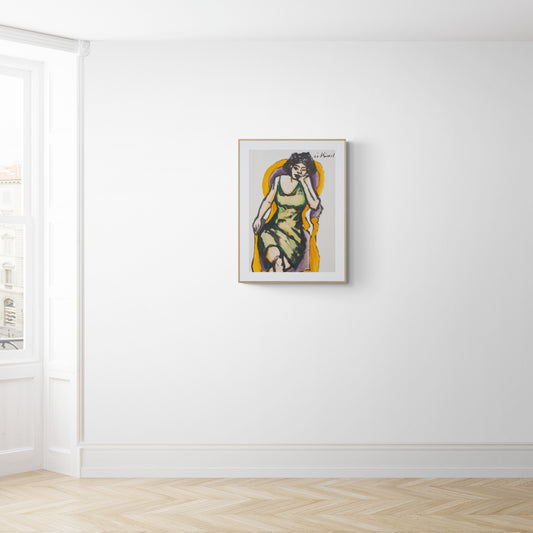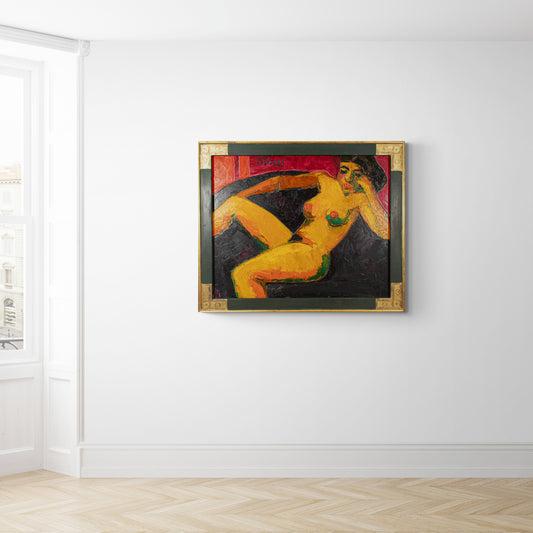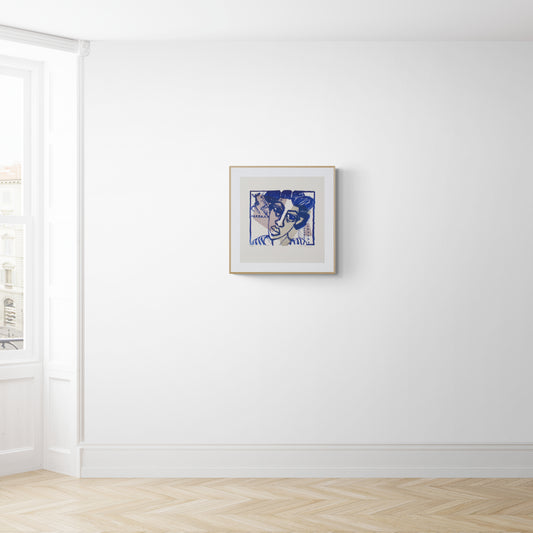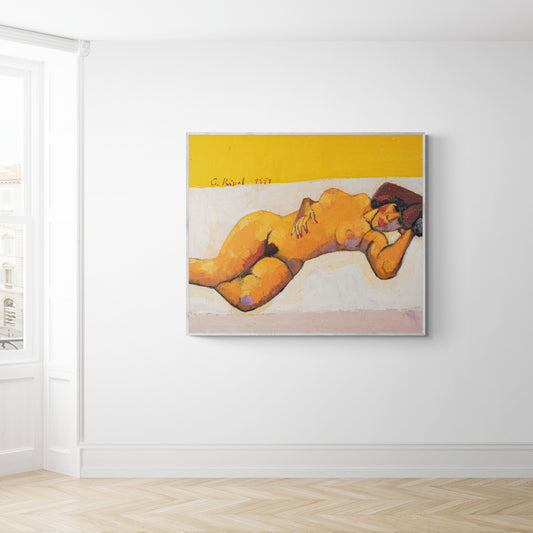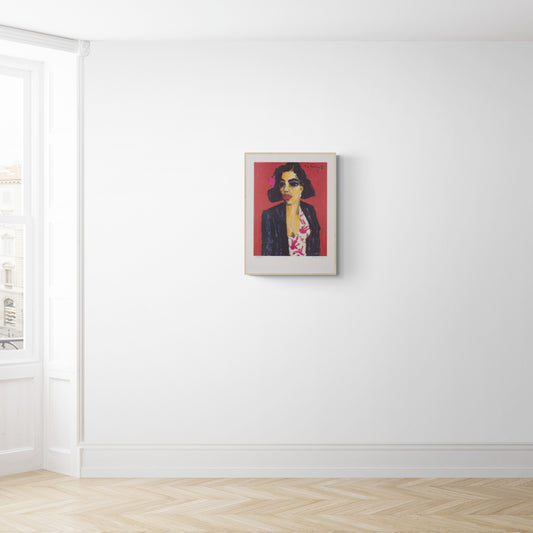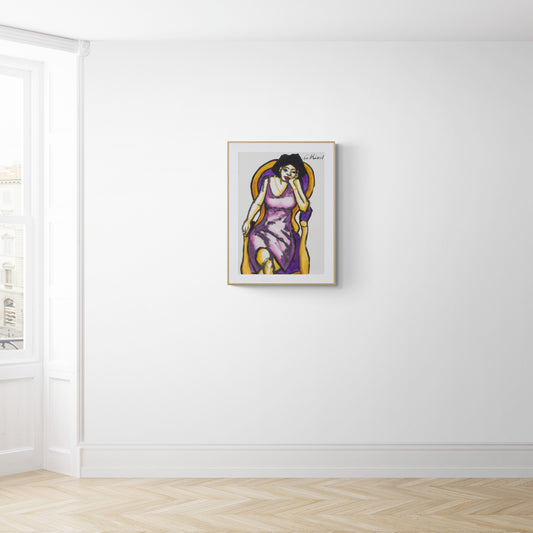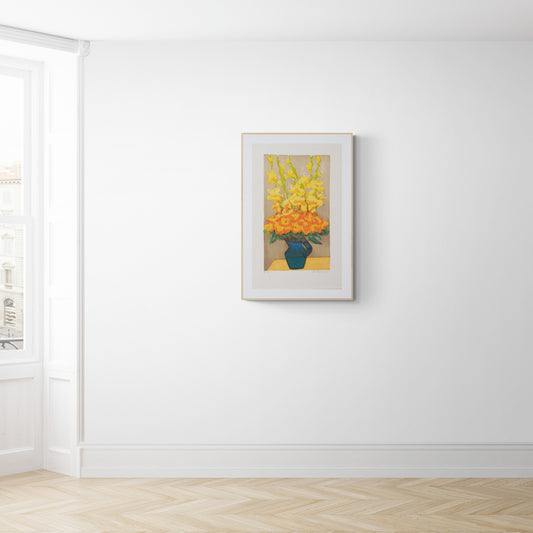
GERMANY 1939 - 2008
Gernot Kissel
Gernot Kissel has been painting since he was 18. Various exhibitions in Germany, Switzerland, Austria, France, Belgium, the Netherlands and England. Kissel is committed to the primacy of unconditional painting, to the dominance of color, to the massive outline and especially to a highly sensual application of paint when he goes into the material with his thumb and even his always rapid brushwork or the spatula remain too distant for him when it comes to it To transfer the pair of lips from the study on the model into the picture. Another feature of his presentation is his preference for the intensity of complementary contrasts between adjacent, color-equivalent surfaces. A bright red, which Kissel likes to choose as a basic tone, is applied like a drapery that sensually underlines the flesh of the skin. Gernot Kissel combines a purely painterly treatment of objects and ambience with the reduction of forms of classical modernism.
Collapsible content
curriculum vitae and events
1939-1962
Gernot Kissel was born in Worms am Rhein in 1939 and spent his childhood and youth there until he started studying architecture. He began painting self-taught at the age of 18.
1962-1964
After completing his studies in 1962, he initially worked as a freelance architect and engineer.
1964 and beyond
Kissel soon devoted himself entirely to painting and presented his works in numerous exhibitions at home and abroad. His expressive and intense painting style, which he perfected over thousands of attempts and failures, brought him recognition in the art world. His wife Sonja not only became his most important model, but also a crucial critic of his work.
Until 2008
Gernot Kissel's art, known for its sensual coloring and powerful contours, is in dialogue with classical modernism and emphasizes the dominance of color and form. He remained true to his passion for figurative painting and especially for portraits, always placing emphasis on authentic and comprehensible representation.
Gernot Kissel died on August 9, 2008. Until his death, he lived and worked with his wife on a rural property in the Palatinate, where he continued to live out his passion for painting and create works
Artworks
-
In the Green Dress
68 x 48 cmArtistGernot KisselRegular price CHF 1,580.00Regular priceUnit price per



